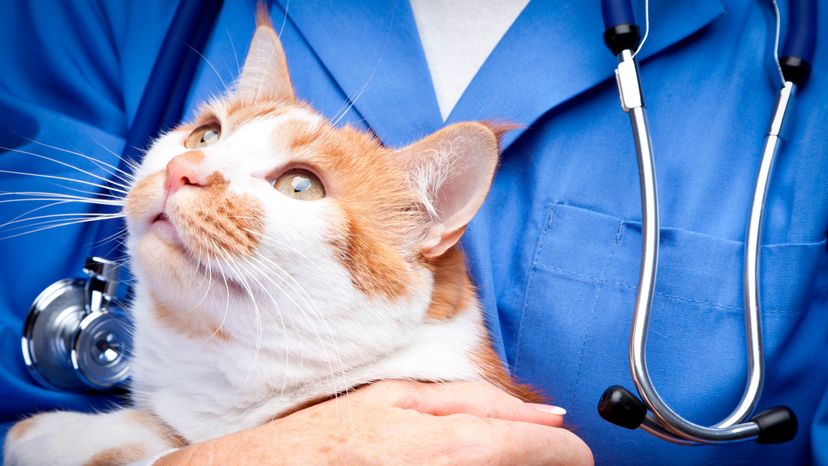
Cats love to frolic outdoors, but sometimes nature can take its toll in the form of an insect sting. If a cat has been strung by a bee, wasp, yellow jacket, or hornet, the area can quickly become swollen and somewhat painful. The raised area is called a wheal, and if the cat has been stung more than once, you will see several of these. A possible allergic reaction to the venom deposited by the insect is the most serious problem that can arise from this type of bite.
Signs that might indicate a cat has been stung by an insect include swelling, pain in cat muscles and the affected area, vomiting, weakness, fever, and shock. You should also watch for signs of shock, which include pale or white cat gums, rapid heartbeat, and breathing. If a cat has been stung by an insect, use the following cat care tips:
Advertisement
Step 1: Approach the cat carefully. If your cat is nervous or anxious, restrain the cat if necessary.
Step 2: Do not pinch the affected area. If the cat is stung by a bee, scrape the stinger off immediately with a credit card or dull knife.
Step 3: If the stung area is swollen and hot, apply cortisone cream and hold ice on skin for a short time.
Step 4: Administer antihistamine such as diphenhydramine orally at a dose of 1/2 mg per pound of body weight (e.g., a 10 pound cat would get 5 mg of liquid diphenhydramine).
Step 4a: If an assistant is available, have him place both hands around the cat's shoulders and gently but firmly push the cat down on the table so it cannot use its front paws to scratch.
Step 4b: If the cat is somewhat aggressive, have an assistant wrap the entire cat, except the head, in a large towel.
Step 4c: Gently hold the cat's mouth shut and tip its head up slightly.
Step 4d: Using a plastic eyedropper or dose syringe inserted into the corner of the cat's mouth, place the fluid into the mouth a little at a time, allowing each small amount to be swallowed before giving more.
Step 4e: Gently rub the cat's throat to stimulate swallowing.
Step 5: If any difficulty in breathing occurs or the face seems swollen, transport the cat to a veterinarian immediately.
©Publications International, Ltd.
Advertisement